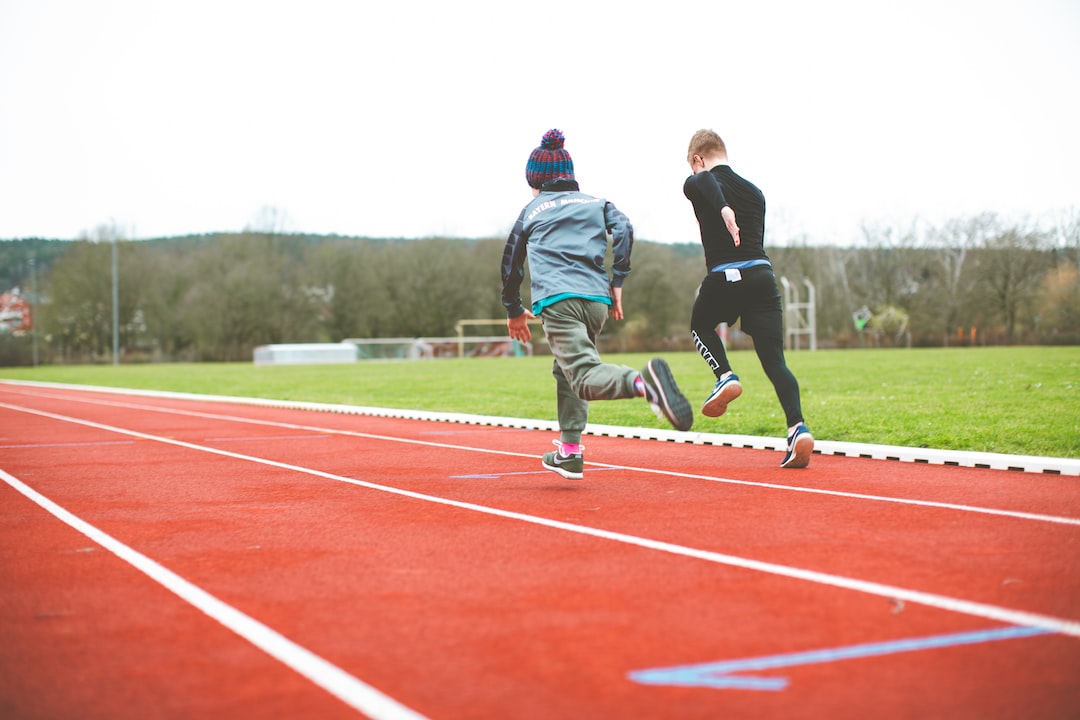Common Training Mistakes to Avoid in High Jump
High jump is a challenging and exhilarating sport that requires a combination of technique, strength, and agility. Whether you are a beginner or an experienced athlete, it is important to train correctly in order to reach your full potential and avoid common mistakes that can hinder your progress. In this blog post, we will discuss some of the most common training mistakes to avoid in high jump, and provide tips on how to correct them.
1. Neglecting Fundamentals
One of the common mistakes that athletes make in high jump training is neglecting the fundamentals. Jumping technique is crucial in achieving maximal height, and without a solid foundation, progress will be limited. Make sure to spend ample time on mastering the basics such as approach run, takeoff, and bar clearance technique before moving on to advanced drills and exercises.
2. Skipping Warm-up and Stretching
Another common mistake is skipping warm-up and stretching exercises. High jump puts a lot of strain on the muscles, tendons, and ligaments, and failing to warm up properly can lead to injuries. Start your training session with a dynamic warm-up routine that includes light jogging, leg swings, arm circles, and squat jumps. Follow it up with dynamic stretching to improve flexibility and range of motion.
3. Lack of Strength Training
Strength is essential for a successful high jump, and many athletes overlook the importance of strength training in their programs. Performing exercises that target the major muscle groups, such as squats, lunges, and deadlifts, can improve lower body power and stability. Incorporate plyometric exercises like box jumps and depth jumps to enhance explosive power.
4. Incorrect Approach Run
The approach run is a critical component of high jump technique, and many athletes make mistakes in this area. Avoid running too fast or too slow during the approach, as it can negatively impact the takeoff. Practice proper timing and rhythm, and adjust your approach distance based on your personal preferences and strengths.
5. Insufficient Takeoff Technique
The takeoff is where the upward movement is generated, and if not executed correctly, it can limit your jumping potential. Key elements of an effective takeoff include a strong arm drive, a quick penultimate step, and proper body positioning. Seek guidance from an experienced coach or study videos of successful high jumpers to understand and improve your takeoff technique.
6. Overlooking Recovery
Recovery is often overlooked, yet it plays a crucial role in high jump training. Overtraining can lead to fatigue, decreased performance, and increased risk of injuries. Make sure to include rest days in your training schedule to allow your body to recover and adapt. Utilize techniques such as foam rolling, stretching, and massage therapy to aid in muscular recovery.
7. Ignoring Mental Preparation
High jump training is not just about physical abilities; it also requires mental strength and focus. Neglecting mental preparation can hinder your performance during competitions. Incorporate visualization techniques, positive self-talk, and relaxation exercises into your training routine. Practice mental rehearsal of successful jumps to build confidence and improve mental resilience.
8. Inadequate Competition Exposure
Training without exposure to competitive environments can hinder your progress. Participate in local meets or simulation events to familiarize yourself with the pressure and adrenaline of actual competitions. This will help you develop competition-specific skills and improve your mental and physical readiness on the big stage.
In conclusion, high jump training can be highly rewarding but requires careful attention to technique, strength, and mental preparation. Avoiding the common training mistakes discussed above will help maximize your potential and improve your overall performance. Remember to prioritize building a strong foundation, warm up properly, focus on strength training, and diligently work on mastering the technical aspects. With consistent effort, these corrections can elevate your jumping to new heights.

